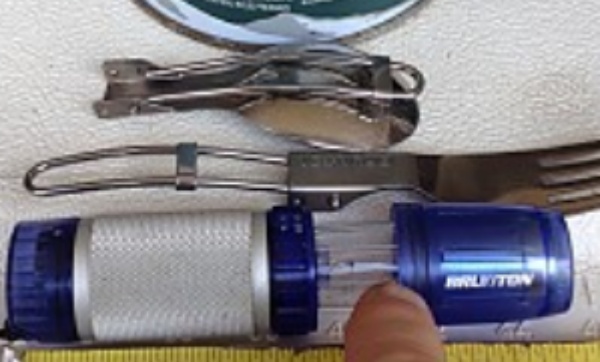You do not have a Right To KEEP Buying (*)
And that is BAD.
What happens when people do not buy an original product not because it costs more than they are willing to pay, but because it is not possible to buy it anymore? What happens, that is, when people do want to pay the “right price” for something, but cannot, because the only legal manufacturer of that product has gone out of business, or simply refuses to produce it anymore, for cost or whatever other reason?
With the current regime of copyright, trademarks, patents, combined with more and more often outsorcing of design and cross-licensing deals, it becomes more and more frequent that if a company dies, or just stops manufacturing something, nobody else is legally allowed to do it for many years. Sometimes, the situation is so complex that even figuring out who should give permission for what is really a hard task..
So far, people finding themselves in this situation had little luck and choices: all they could do was hope to find a “vintage” sample of that product. Or, in some cases, propose a petition to the manufacturer to resurrect that product, as this backpacker did a few years ago (*):

“Can we start a consumer advocates group to force this company (i.e. Brunton) to start producing their great products again. The others are ok but these guys had it right! Dang they made good stuff.
- a flash lite that also becomes a lantern
- a stove that is a rocket and
- fork/spoon that fold in half and weigh less than a key
…Quality is spelled Brunton”
Of course, without even knowing any detail about Brunton (see that thread for some), and regardless of how many people would actually buy them today, it is almost sure that those specific products simply stopped being produced because they became less profitable than others for Brunton.
Fact is, today, combining 3D scanning with 3D printing, CNC and similar techniques, it is much cheaper and easier for everybody to build at home, or in any fablab, a perfect, working replica of any of the products that that backpacker so acutely misses. This opens several interesting questions, threats and opportunities including, but not limited to:
- is it wrong to have the guarantee that (with the obvious exceptions like in point 3, of course) you will be able to buy something you like if its creator stops producing it, as long as you where it comes from?
- should it become legal to build, and maybe even sell, perfect copies of a product, of course declaring them as copies, when it is not possible anymore to buy them from their manufacturer, without any permission from that manufacturer?
- will this boost or block innovation? Theoretically, if people can legally buy something that works for them as long as they want, this may boost real innovation: new products would be bought only because, and when, they are really better for some reason, not because the old ones aren’t in stores anymore
- an obvious limit to this “right to keep buying” should safety. If, for example, new childproofing regulations made some old design illegal, or some material were discovered to be toxic, it is obvious that the interested product should not be produced anymore, regardless of who does it. In principle, new constraints or toxicity levels may be added on purpose without real needs, just to prevent the permanence on the legal market of products “adopted” by single makers, or new companies. However, since such new rules would also have to be followed by new products, the actual probability of this game is probably quite small.
- how will companies react to this? Are they ready for this scenario? For some of them, it may even be an opportunity to continue business with many customers. If they published themselves the full original designs of each product they don’t want to produce anymore, maybe together with a list of “approved makers/fablabs” where consumers could go to have “official” copies, that could be a way to both keep customers “in the store” by proposing them new products at special conditions. And a way to expand in new markets, without setting up a full blown, traditional distribution and retail structure from day one
(*) The original, longer version of this post was written and published in August 2015, as part of my work for the DiDIY Project: Beyond “Right to Repair”: digital DIY and the Right to Keep Buying
Who writes this, why, and how to help
I am Marco Fioretti, tech writer and aspiring polymath doing human-digital research and popularization.
I do it because YOUR civil rights and the quality of YOUR life depend every year more on how software is used AROUND you.
To this end, I have already shared more than a million words on this blog, without any paywall or user tracking, and am sharing the next million through a newsletter, also without any paywall.
The more direct support I get, the more I can continue to inform for free parents, teachers, decision makers, and everybody else who should know more stuff like this. You can support me with paid subscriptions to my newsletter, donations via PayPal (mfioretti@nexaima.net) or LiberaPay, or in any of the other ways listed here.THANKS for your support!